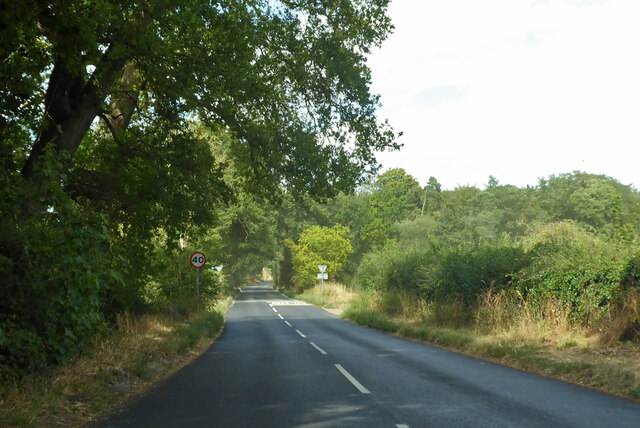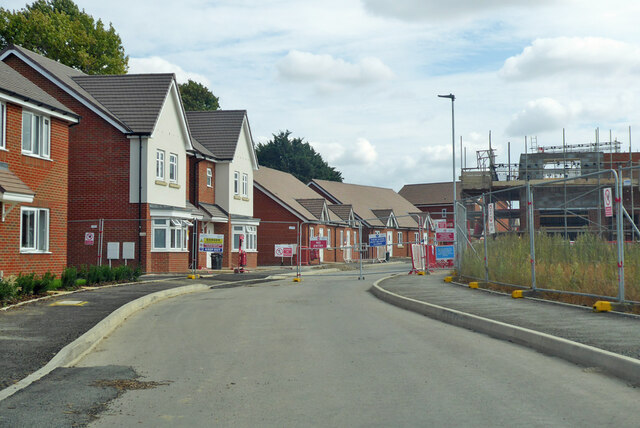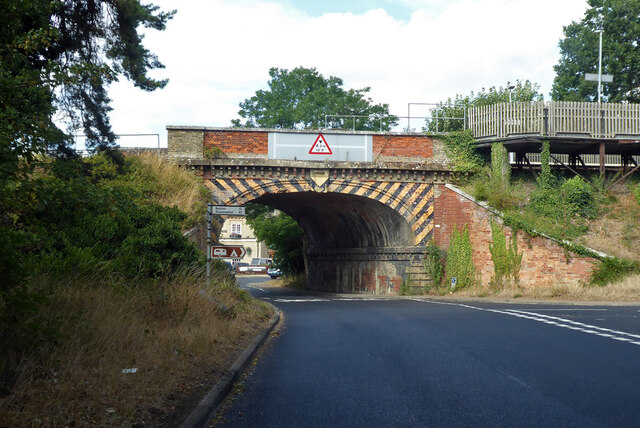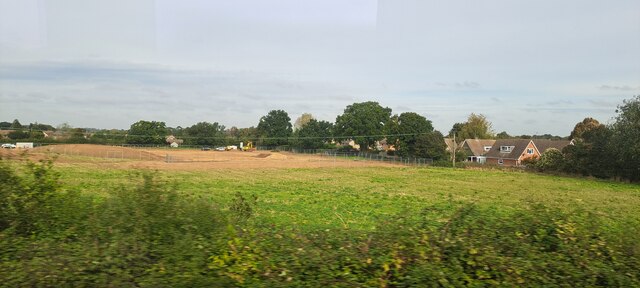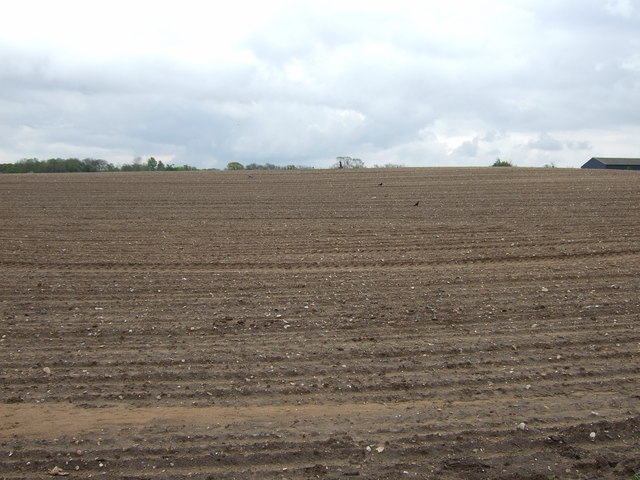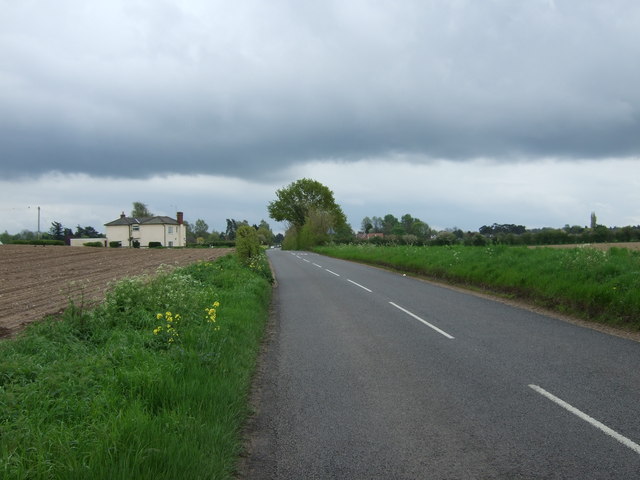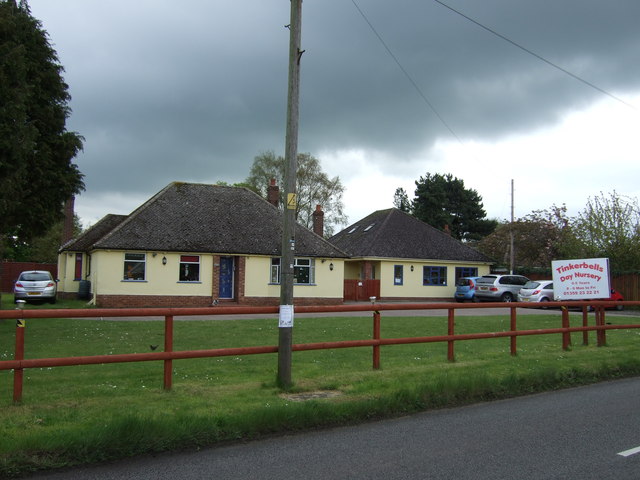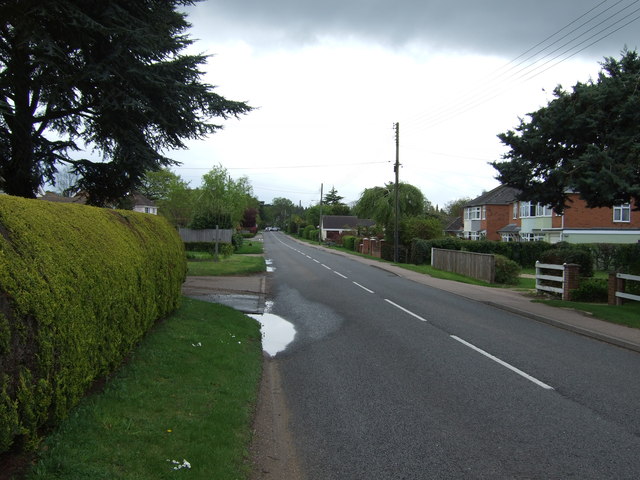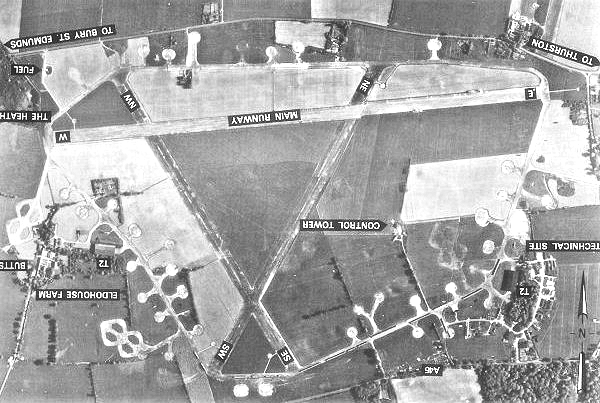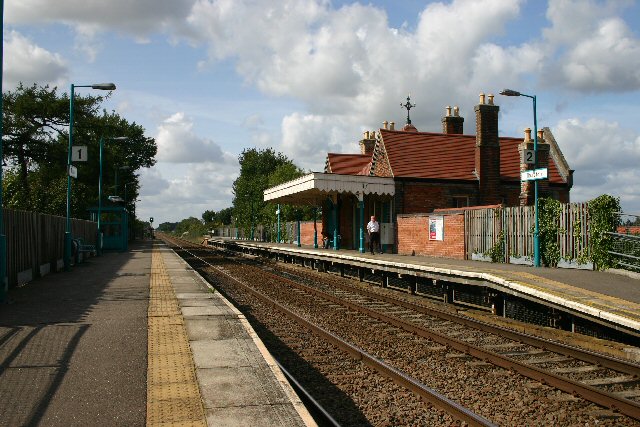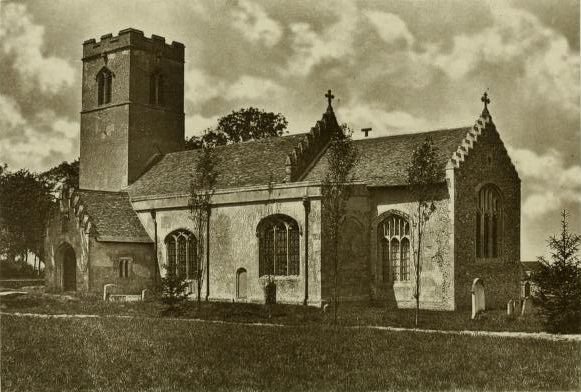Battlies Green
Settlement in Suffolk West Suffolk
England
Battlies Green

Battlies Green is a small village located in the county of Suffolk, England. Situated in the picturesque countryside, it is nestled between the towns of Bury St Edmunds and Newmarket. With a population of around 200 residents, Battlies Green offers a tranquil and close-knit community.
The village boasts a rich history, with records dating back to the 13th century. It was originally an agricultural settlement, and remnants of its farming past can still be seen today. The charming thatched cottages and traditional red brick houses add to the village's character and allure.
Battlies Green is known for its natural beauty, surrounded by rolling hills, meadows, and ancient woodlands. The scenic landscape provides ample opportunities for outdoor activities such as walking, hiking, and cycling. The nearby River Lark also offers a peaceful spot for fishing and boating enthusiasts.
Although small in size, Battlies Green has a strong sense of community. The village has a local pub, which serves as a social hub for residents and visitors alike. Additionally, there is a village hall that hosts various events and gatherings throughout the year, fostering a sense of togetherness.
While there are no major amenities within the village itself, the nearby towns provide easy access to essential services, including schools, medical facilities, and shopping centers.
Battlies Green is an idyllic rural retreat, offering a peaceful and picturesque lifestyle for its residents. Its historical charm, natural surroundings, and strong community spirit make it a hidden gem in the Suffolk countryside.
If you have any feedback on the listing, please let us know in the comments section below.
Battlies Green Images
Images are sourced within 2km of 52.2479/0.78082857 or Grid Reference TL8964. Thanks to Geograph Open Source API. All images are credited.




Battlies Green is located at Grid Ref: TL8964 (Lat: 52.2479, Lng: 0.78082857)
Administrative County: Suffolk
District: West Suffolk
Police Authority: Suffolk
What 3 Words
///mice.mural.universally. Near Thurston, Suffolk
Nearby Locations
Related Wikis
Rougham Airfield
Rougham Airfield, formerly Royal Air Force Bury St Edmunds or more simply RAF Bury St Edmunds is a former Royal Air Force station located 3 miles (4.8...
Thurston railway station
Thurston railway station serves the village of Thurston in Suffolk, England. The station, and all trains serving it, are operated by Greater Anglia. It...
Rushbrooke with Rougham
Rushbrooke with Rougham is a large civil parish in the West Suffolk district of Suffolk in eastern England covering the villages of Blackthorpe, Rougham...
Thurston Community College
Thurston Community College is a co-educational secondary school and sixth form located in Thurston, Suffolk, England. As of 2018, it has 1,733 students...
Great Barton
Great Barton is a large village and civil parish in the West Suffolk district of Suffolk, England, about 3 miles (5 km) East of Bury St Edmunds on the...
Rougham, Suffolk
Rougham is a village and former civil parish 19 miles (31 km) north west of Ipswich, now in the parish of Rushbrooke with Rougham, in the West Suffolk...
Thedwastre Hundred
Thedwastre (also Thedwestry) was a hundred of the county of Suffolk, England covering an area of 40,362 acres (163.34 km2). It formed part of the Liberty...
Moreton Hall, Bury St Edmunds
Moreton Hall is a Grade II* listed building in Bury St Edmunds, a market town in the county of Suffolk, England. It was designed by the Scottish architect...
Nearby Amenities
Located within 500m of 52.2479,0.78082857Have you been to Battlies Green?
Leave your review of Battlies Green below (or comments, questions and feedback).
